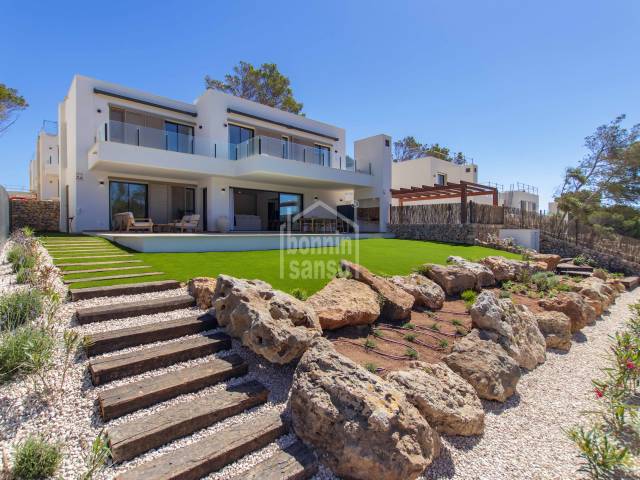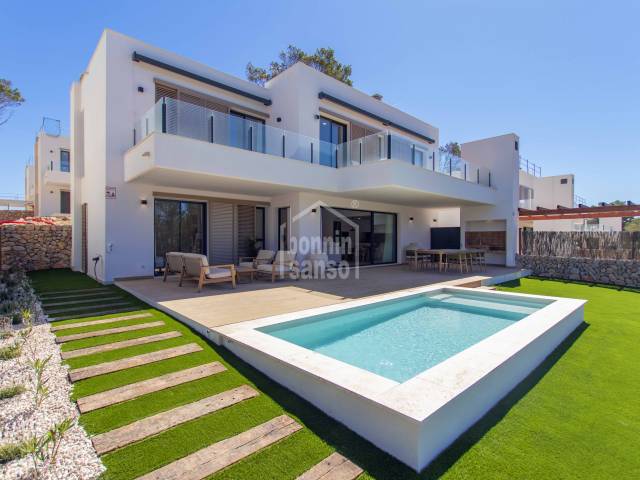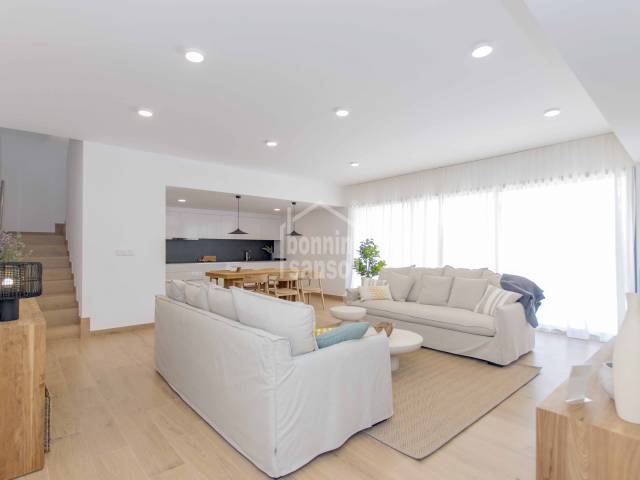Ref. 26317
Immobilien nicht im Web verfügbar
Einige Vorschläge:
Ein einzigartiges Immobilienprojekt auf Menorca: 50 einzelstehende Villen von ausgezeichneter Qualität. Herausragende Materialien, wie die bekannte Marke "Porcelanosa" fuer Boden und Wandbeläge...








Ein einzigartiges Immobilienprojekt auf Menorca: 50 einzelstehende Villen von ausgezeichneter Qualität. Herausragende Materialien, wie die bekannte Marke "Porcelanosa" fuer Boden und Wandbeläge...








Ein einzigartiges Immobilienprojekt auf Menorca: 50 einzelstehende Villen von ausgezeichneter Qualität. Herausragende Materialien, wie die bekannte Marke "Porcelanosa" fuer Boden und Wandbeläge...












